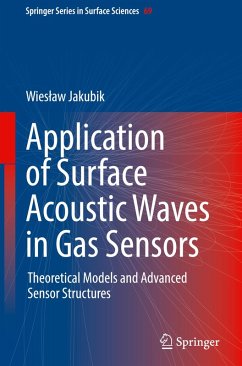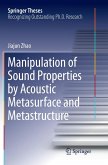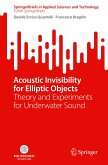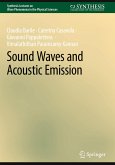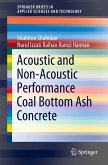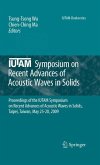This textbook covers key aspects of applying surface acoustic waves (SAW) in gas sensors, presenting fundamental operating principles, theoretical models, research methodologies, and sensor structures in a clear and accessible manner. It discusses single, bilayer, and multilayer sensor structures, along with a detailed theoretical description of the acoustoelectrical effect in bilayer sensors. Special attention is given to semiconductor-metal bilayer structures, such as phthalocyanine-palladium and tungsten oxide-palladium, due to their strong potential for practical applications in SAW hydrogen sensors. The book also explores future applications and research directions, including advancements in light-activated photoconductive polymer structures.
Bitte wählen Sie Ihr Anliegen aus.
Rechnungen
Retourenschein anfordern
Bestellstatus
Storno

